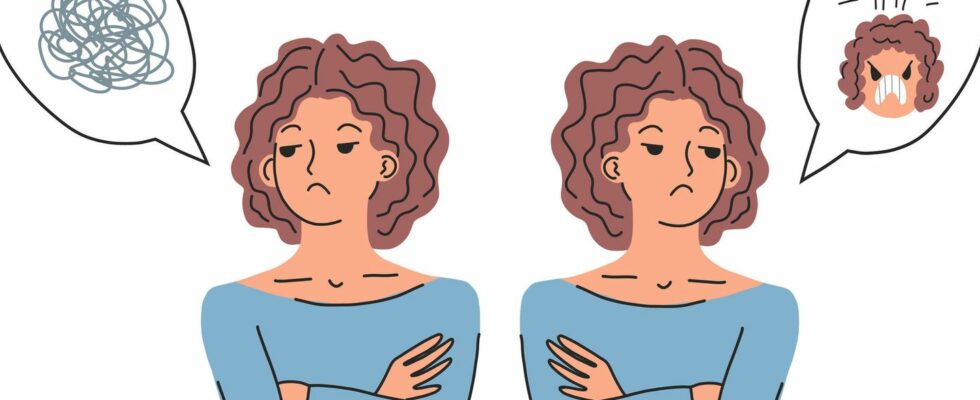Cognitive restructuring
How to use your memories to become more confident
© Valentina / Adobe Stock
Research shows that emotional memories of past experiences can change your view of the future. If you use them correctly, you can become happier and more confident.
Do you also remember any particularly formative events from your childhood or youth? The child’s first birthday or the fifth grade school trip? Over the years, these moments fade in our memory or become fewer in number, but we can often remember them better if we associate a specific emotion with the experience. Psychologists then speak of emotional memories. These emotional memories can shape the foundation for your feelings and view of the world – and even have the power – even if the memory was years ago – to influence your current mood.
How are our memories related to mood?
Mood is a “background mental state that casts a glow or shadow on thoughts and behaviors” and, unlike certain emotions, can be maintained over a longer period of time. Mood also has a strong influence on how we form and recall memories. If you are sad and already doubting yourself, it is much more likely that you will overinterpret criticism and feel bad. In comparison, the criticism would probably bounce off you more if you had been in a good mood beforehand.
Change your mood: This psychological trick works
Do you feel like you have similar recurring thoughts or beliefs when you’re in a more negative mood state? Something like “I’m not good enough,” “I’m not appreciated at work,” or “My friends don’t like me that much.” Then you can go back in time and look for moments when you felt this way or something similar. Stop when you think of a particularly present event.
Example: On your 12th birthday, only a handful of friends showed up, even though you invited many more. You didn’t feel loved and appreciated and thought that no one really liked you. This event – the emotional memory – is strongly linked to a sad mood. The mood, the memory and the present experience reinforce each other, affecting and strengthening the feeling in the present.
The power of cognitive restructuring
Now you can shape the emotional memory by feeding it information. For example, you could come up with a reason why so few children were able to come to your birthday. Maybe it was summer vacation at the time and many families were away or there was a wave of illness going around. While this doesn’t change the event per se, you can choose to recall it in a different context and with additional information that counteracts the originally sad and unloved mood state.
In the Behavioral therapy will be the Instrument of “cognitive restructuring“ often used to change the way people think and feel (about themselves) in the present. Because recalling memories in a way that causes or worsens current pain can also be retraumatizing. If you practice the technique regularly, it can help you stay positive and build more confidence.
Sources used: psychologytoday.com, utopia.de, gedankenwelt.de
